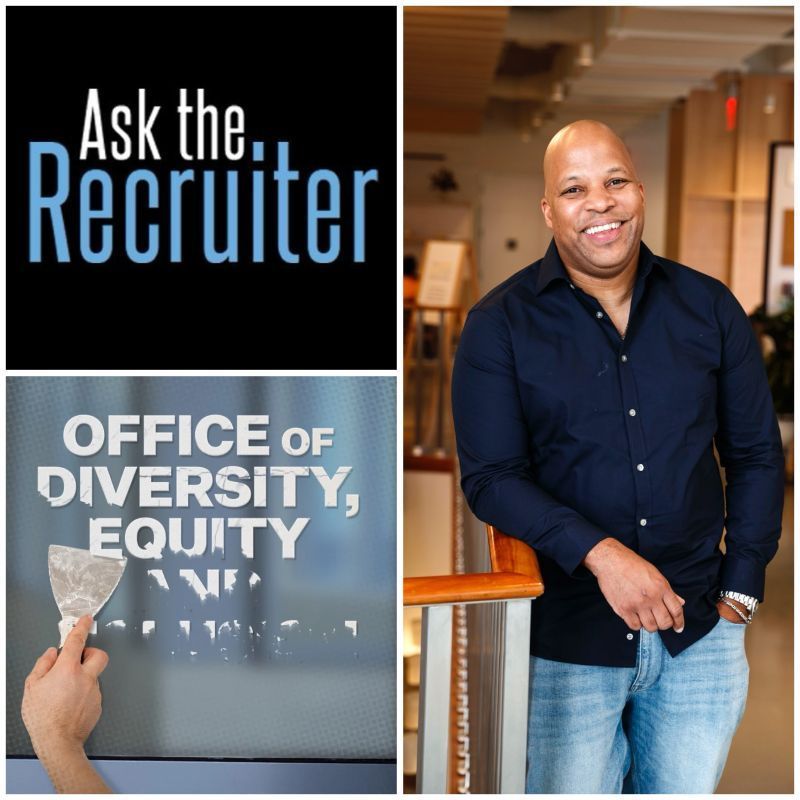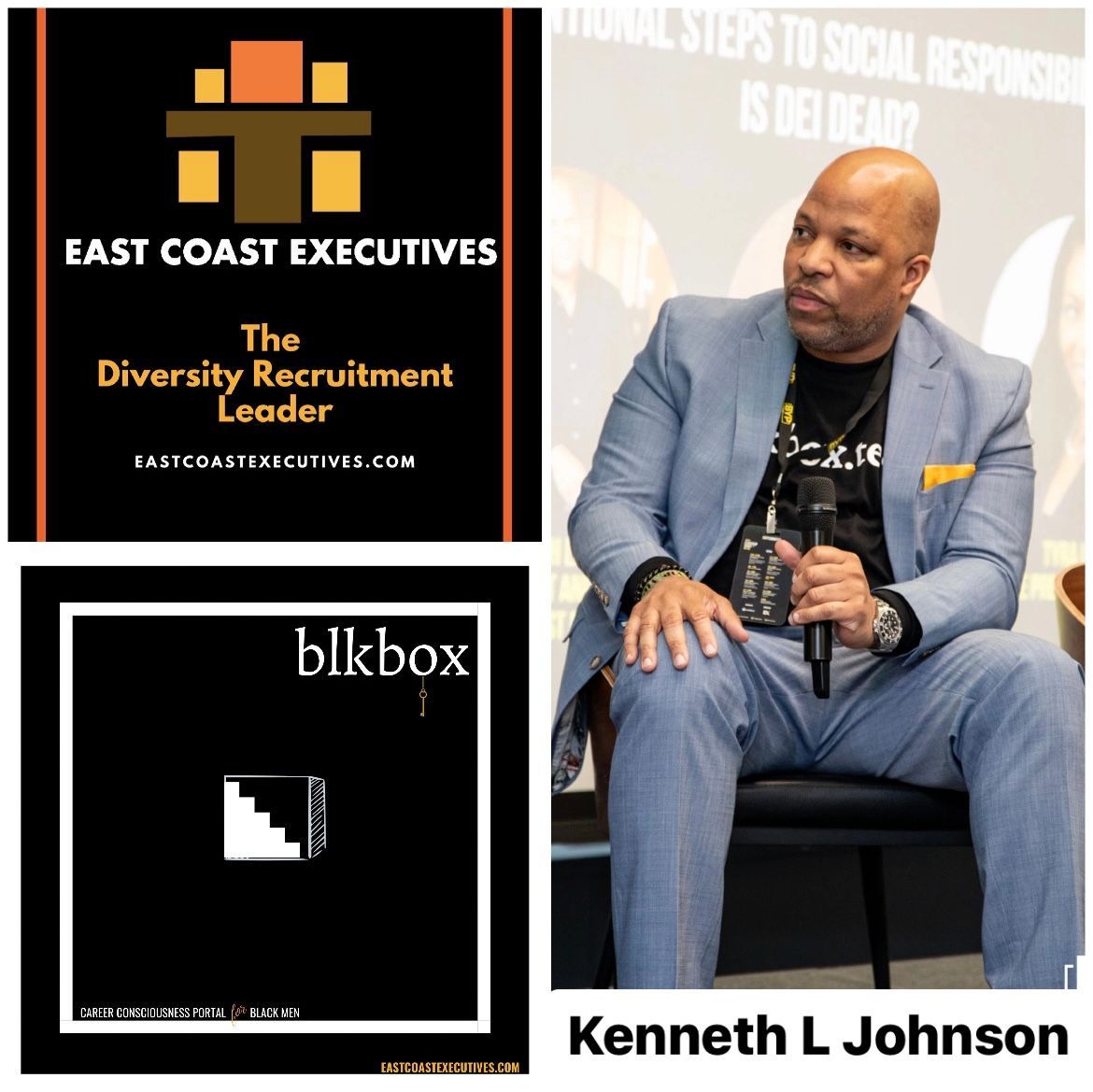Kenneth L. Johnson offers advice via. The Ladders career site to job seekers

Here’s a smack of cold, hard truth to the face for you: If you wake up every single day, cringing at the thought of going to work … something has to give. And while we would all love to live in the lap of luxury without worrying about a paycheck, the vast majority of the population needs to log those hours to make ends meet — and exceed. One solution is to seek and secure a new gig, where your passions and talents will be celebrated and appreciated.
If you’ve been in the same field or the same company for several years though, the idea of moving might be equally exciting as it is overwhelming. Trained recruiters have vast, trusted connections across many industries, giving you a better shot at getting your resume — and your face! — in front of the right person.
But when recruiters take on new clients, they’re very specific about their selection process. Since their network is their livelihood, they will only assist a job seeker if they know they can vouch for their skill set. And since they’ve seen the best of the best — and ahem, the worst of the worst — they often have the inside knowledge on what employers find to be off-putting.
Here, they share what past clients say leads to an instant rejection letter:
You apply to multiple positions
So there’s a company you really, really (really, really!) want to work for. And to get in the door, you think it’s A-OK to apply for as many openings as seem somewhat plausible for your background and interest. Though it’s great to have a goal and affinity toward a specific corporate mission or offering, founder and diversity recruiter at East Coast Executives, Kenneth L. Johnson says it’s better to have a strategic, targeted position in mind, instead of going on an resume-submitting frenzy.
“If you’re interested in a particular organization try connecting with multiple people within the organization verses applying to multiple openings. One can leverage several of the social media platforms but I suggest focusing on LinkedIn,” Johnson suggests. “If done strategically this will place you firmly on the radar of decision makers and hiring influencers and you’ll be able to leverage the new relationships to explore Information Interviews to learn more about what it takes to be a successful candidate moving forward.”
You’re disrespectful to any team member
Kerry Wekelo, the Managing director of human resources and operations at Actualize Consulting, says that from the moment you check-in with security downstairs and head upstairs to meet with the CEO, you should be your most professional, respectful self. From the assistant who asks if you’d like some water to the team member who interviews you for a cultural fit — any sign of attitude will slash your name from the candidate list.
As she explains, “If you are unkind to anyone, we assume you may be unkind to our clients. Follow up with a thank you note — email or handwritten — to all you speak with, even the administrative staff. This simple act goes a long way and will make you stand out among your peers.”
You can’t illustrate your experience
with examples Much like when a lawyer presents facts to sway a jury or when a doctor consults a lab for test results, proof is everything in business, no matter your industry. That’s why Wekelo says it’s important to color your background when you’re interviewing.
“If you are not able to clearly and concisely describe your previous experience with detailed examples, we will not move forward, because you have not taken the time to sell your skills,” she shares. “Be sure to have detailed examples for each of the bullet points on your resume. Be able to describe your value-add for each experience in order to fully depict your skills.”
You lie about something … anything
Regardless of whether you’re having a phone screening with a recruiter or a potential employer your hustler put you in touch with, leading every sentence with honesty is well, ya know, the best policy. As president of HS Staffing, Bruce Hurwitz explains: Even a white lie is enough to send any opportunity packing.
“If it becomes clear that they lied, that ends the interview,” Hurwitz says. “The alternative solution is for them to apologize and convince me that it was a misunderstanding — which rarely happens! Employers don’t hire liars.”
You talk negatively about your former employer
Even if you let your recruiter in on the gossip of your company as a way to explain why you’re eying a move, leave any of that negativity at the door when you walk in for an interview. As Wekelo explains, when you approach a prospective employer with a poor attitude toward the last, you’re not showing your ability to see the silver lining.
“There are always going to be challenges, so how well you positively navigate – focusing on the positives and lessons learned — is what we are looking for in an interview,” she says. “When asked why you left the firm, for example, you can say, ‘I left my former employer because I wanted to expand my skill sets. I learned the basics from my previous employer, then had an opportunity to grow more and took the chance.’ ”















